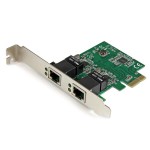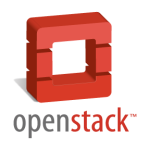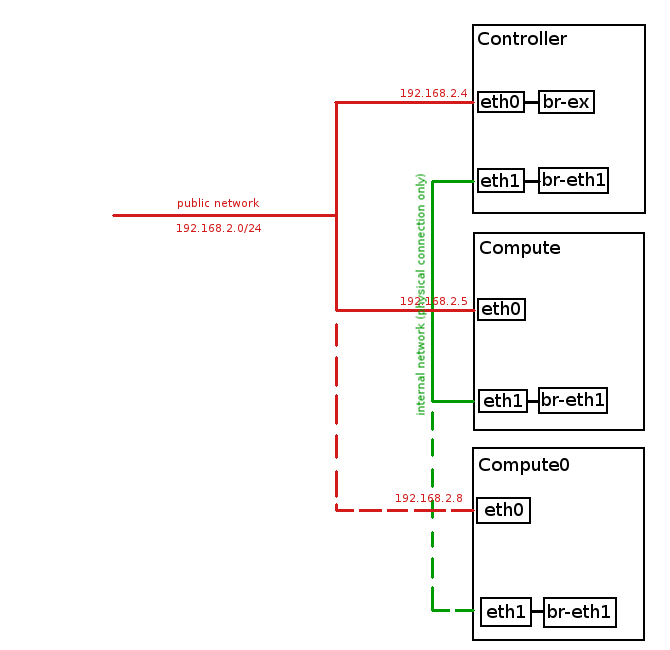Useful Tools to Display Network Usage in Linux

In this article we would like to introduce you two simple and smart Linux command line tools to monitor bandwidth usage on all network interfaces in the real time: iftop and nload.
Read More

In this article we would like to introduce you two simple and smart Linux command line tools to monitor bandwidth usage on all network interfaces in the real time: iftop and nload.
Read More

During OpenStack deployment and testing you may need to quickly create: project tenants, tenant users, networks, routers, security groups, etc… just to check, if Cloud is working properly.
Instead of arduous clicking all this stuff in Horizon dashboard, you can use the below Bash script, which will quickly create:
– multiple project tenants
– 2 tenant users (admin, member)
– tenant networks, sub-networks
– routers
– router gateways (to existing public network)
– tenant ports in routers
– security groups (Allow all TCP,UDP,ICMP ingress/egress)
– cirros glance image (cirros-0.3.4-x86_64-disk.img)
Download script: tenant_setup.sh
Read More

OpenStack is quite reliable Cloud solution, that provides extensibility and scalability. That means, if the Cloud is running out of resources for new tenants and instances, it can be easily extended with new Hypervisors (Compute nodes) practically on-line.
In this tutorial we will extend existing OpenStack installation (Controller node, Compute node) with new Compute0 node on-line, without shutting down existing nodes. The easiest and fastest way to extend existing Openstack Cloud on-line is to use Packstack, the automated installer script.

Read More
If the server is placed in network behind firewall and outgoing traffic is blocked by firewall, the only chance to install new packages from remote repo is through proxy (if that exists).
Read More
Do you want to display cool or funny banners in your Linux console?
Try two commands, which generate banners: banner or figlet.
Read More
![]()
Logical Volume Manager (LVM) is a device mapper target that provides logical volume management for the Linux kernel. LVM allows to create Logical Volumes from underlying Physical Hard Disks (Physiacal Volumes). Logical Volumes can be easily extended and shrunk according to the file system capacity demands.
LVM Objects:
Physical Volume (PV): underlying physical storage for LVM. These are most often physical hard disks, but also can be: partitions, RAID volumes, etc…
Volume Group (VG): storage pool, created from one or more Physical Volumes.
Physical Extent: small chunk of Physical Volume, used during Volume Group creation.
Logical Extent: mapped to Physical Extent, acting as front-end chunk for Logical Volumes.
Logical Volume: group of Logical Extents, used by the system as hard drive partition.
Read More
If you suspect that your system was compromised and files and/or their permissions were modified by the intruder, you can use AIDE to check your file system against some modifications.
AIDE (Advanced Intrusion Detection Environment) is a file integrity checker and intrusion detection program. AIDE is used to scan the system when it’s in known good state – it collects information about files and their permissions in the file system and writes gathered information to the database. Once the database is initialized it can be used to verify the integrity of the files in case of some compromise is suspected. All of the usual file attributes can be checked for inconsistencies.
In this tutorial we will show you how to install and deploy AIDE on CentOS/Fedora/RedHat.
Read More
Sometimes we need to know what is our system configuration (CPU, RAM, network interfaces, etc…), but we don’t want to open computer case to look what’s inside or even don’t have such possibility, especially when we are connected to remote server.
We can use lstopo command in Linux command line to quickly display system architecture.
Read More
How to verify, if cable is connected to the interface in Linux? How to verify physical connection to network on interface in Linux?
If you are away from the server and unable to see if ethernet cable is connected to the particular interface in server, but you have another connection (i.e.: via iLO Console), you can use ethtool to verify physical connectivity on that interface remotely.
Read More